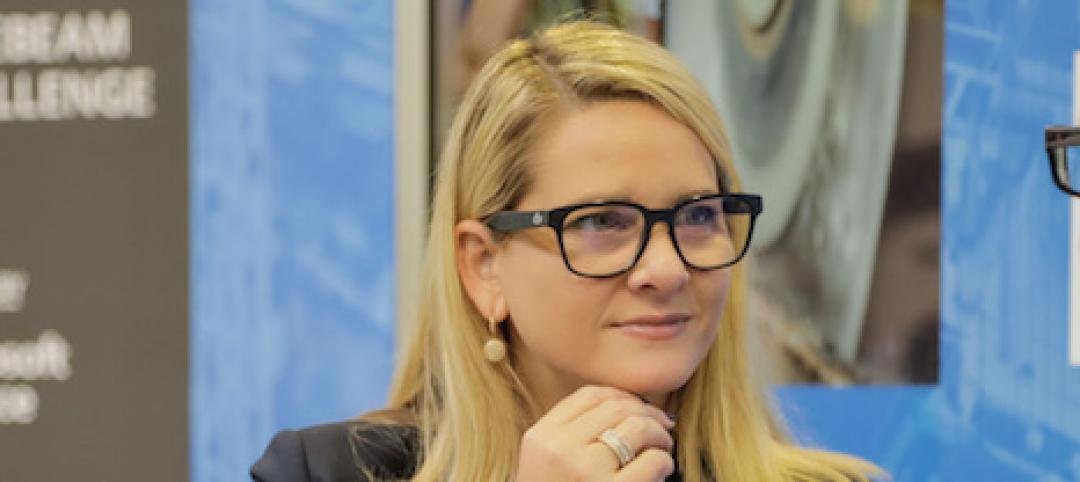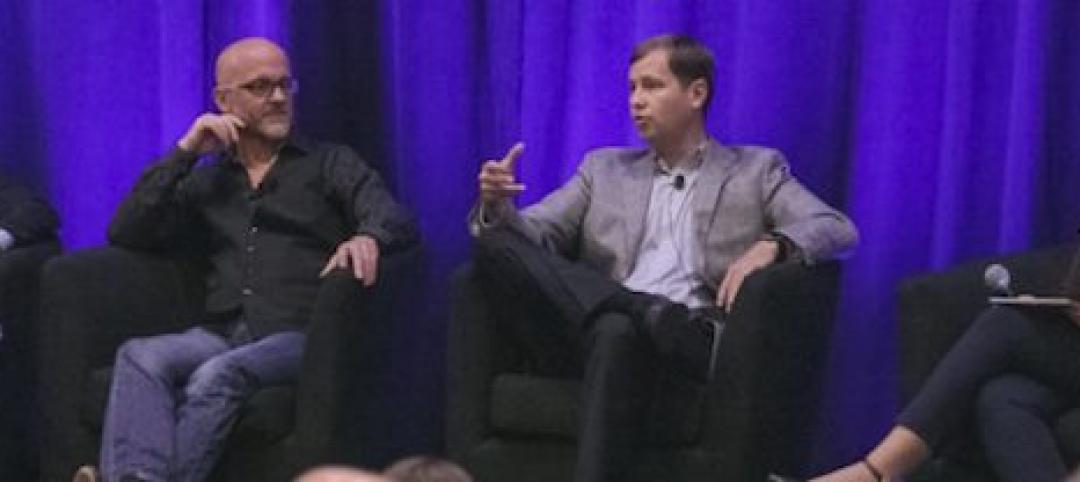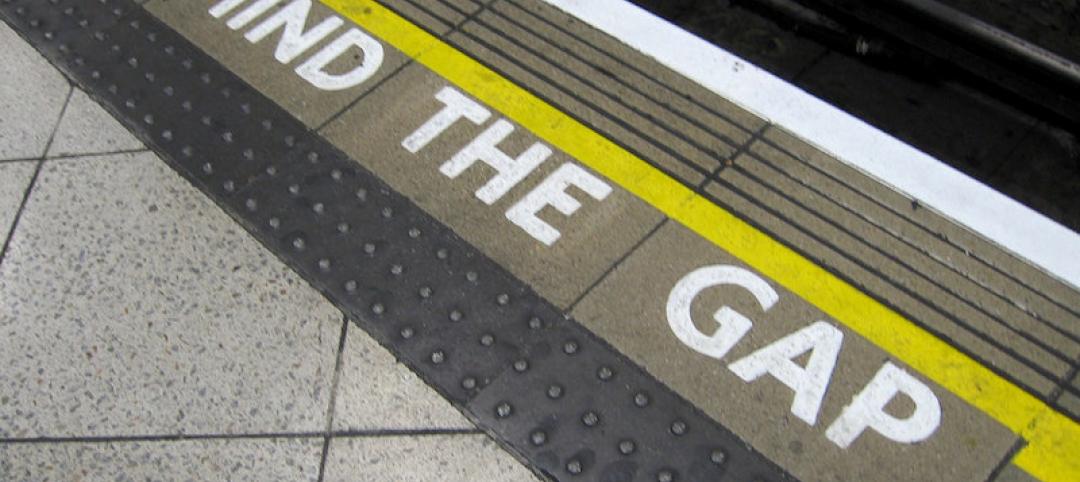Earlier this month, my colleague and I presented a session to a group of civil engineers and transportation agencies about the tech trends in the AEC space. Along with advice on how to prepare your plan for controlled collaboration, we also talked through some practical use cases.
One such use case was especially interesting, as it outlined a challenge not unfamiliar to government agencies who are contemplating the leap from paper to digital processes: how to securely migrate workflows. We shared the story of a state transportation agency who defined a plan, rolled it out, overcame unexpected challenges and successfully made the leap.
Spurred on by government mandates to eliminate inefficiencies and an internal motivation to move away from paper, they carefully planned the transition over a two-year period. In 2011, they made it official and retired all Mylar and paper plans. They also mandated that in order to do business with them, their associates would have to adhere to their digital process.
The transition wasn’t without some hiccups. About midway through their planning process, they hit a technical roadblock and reached out to us. They were unsure of how to balance open collaboration and document control to satisfy their need for information security and accountability.
As it turned out, only 25% of their project team members were internal. The rest were external consultants who they relied on for design work. This meant that they needed to create authentication and control processes for digital plan submissions and beyond. They determined that digital signatures were the way to go, and started to require all reviewers to digitally sign their drawings upon submission.
The problem? With requiring digital signatures so early in the process, it inhibited their ability to collaborate with the consultants, and with each other, internally. Anytime anyone commented, revised or added content to the drawing, it invalidated the signature and required a resigning process. It created a complex and time-consuming issue for them, inadvertently creating more work for themselves and their consultants.
Their solution to the issue was to use their Document Management System (DMS) to house the drawings and authenticate and control who had access to the drawings during the review process. It provided a record of who checked the drawings in and out, and when. Leveraging our technology in conjunction with their DMS, they were also able to track who made revisions, and who said what and when.
However, as new content was added and addenda were created, they found a new challenge. They needed a way to view these separately saved files as one drawing set without combining them and invalidating the digital signatures.
The solution to this issue came in the form of our innovation called “Sets”. It’s a way to view and interact with multi-page drawing sets, organizing them as if they were a combined set for easy navigation and search. The key benefit for the team was that they could now view the original signed drawings, revised drawings and newly updated addenda as one digital set without having to combine and invalidate the digital signature on the original document.
They also found that searching for specific information on the drawings and related documents was noticeably faster than before. By leveraging this innovation, they were able to pull the plug on paper and balance security and access to drawing information while creating a ton of efficiencies.
This is why going digital is such a hot topic. It’s truly a matter of cutting through all of the options and finding the combination that works for you, in your organization.
If you’re interested in reading details on this particular implementation, the agency has published a Digital Project Development Manual on their website as a working guide for all of their constituents.
More from Author
Sasha Reed | Dec 15, 2017
Future vs. current state of construction innovation: How will we make the leap?
Looking beyond today’s constraints to the possibility of what “could be” is a key characteristic of those defining and delivering innovation to design and building firms across the globe.
Sasha Reed | Sep 19, 2017
BIM vs VDC…how the US and the UK differ in approaching digital project delivery
In this four-part series, Bluebeam VP Sasha Reed sat down with industry experts to examine the need for defining and understanding digital workflows and data management throughout the design and construction project lifecycle.
Sasha Reed | Jul 19, 2017
Introducing StrXur by Bluebeam
Our goal is to present unique perspectives you may not be able to find anywhere else.
Sasha Reed | Jul 13, 2017
Defining the future by mastering the art of change
From my perspective, what separates organizations thriving in the digital revolution from those who are not boils down to one thing: leadership.
Sasha Reed | Mar 15, 2017
Incentivizing change: Show me the money
Who is succeeding, and on what terms? And what will it take for everyone to experience the benefits of that success?
Sasha Reed | Oct 4, 2016
The talent shortage: Will the training the AEC industry desperately needs arrive in time?
As the construction industry bounces back from the Great Recession, an entirely new class of tech-savvy construction professionals has been created, and the supply of these highly skilled, tech-proficient pros has been quickly exhausted.
Sasha Reed | Jul 11, 2016
Construction Disruption at AECX: Technology, hackathons and the promise of change in LA
The lead up to AECX featured a discussion providing insight into the current state of the AEC technological revolution by exploring opportunities, challenges and choices AEC pros face.
Sasha Reed | Jun 23, 2016
Implementing Change: The Five Biggest Mistakes to Avoid
Two truths from the jobsite: 1) The best part about uncovering a problem is discovering its solution, and 2) The worst part about discovering the solution is implementing it.
Sasha Reed | Jun 9, 2016
With all these sharks in the water… (No Predictions Here...Part 2)
Rather than fighting to control the proliferation of apps, perhaps we should be training our eyes to look for signs of long-term viability among all the fins in the water
















